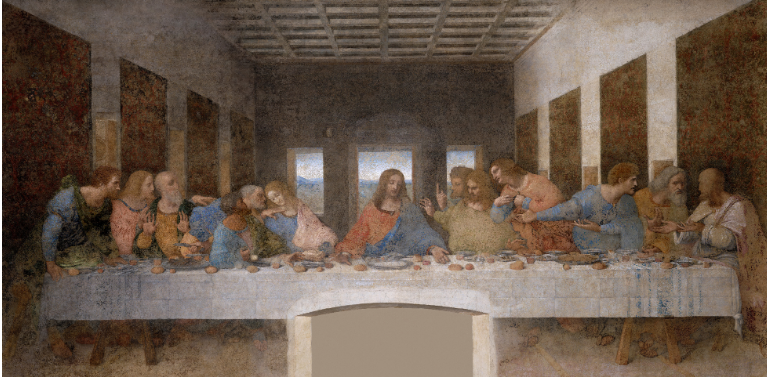Films, films, films - Part 1 by Blanka Pillár
- Breanna Crossman
- Aug 4, 2023
- 3 min read
"Cinema changes the world,
and I fucking love that idea!"
Quentin Tarantino on Inglorious Bastards
What makes a moving image artistic? Who are the new wave directors? What is the difference between a mass film and an auteur film?

Via postPerspective
Films, the seventh art form, are an integral part of all our lives, but it can be easy to get lost in a sea of works, genres, and expressions. In the first part of this two-piece article, we introduce some major stylistic trends, and in the second part, we give you a brief film guide if you want to see more than what is on TV.
Mass cinema
As the most favored film genre, it includes works for a wide audience in a rapidly globalizing world. It is also heavily dependent on capital, making it an artistic product and a commodity. It is characterized by the pursuit of a theme, the use of archetypes, and the depiction of extreme situations. The writer and director are often separated, and the director's ideas are less represented in the process, concentrating more on a tense plot and the portrayal of unconventional heroes. It often uses special effects and gimmicks, perfectly executing its imagery. The popularity of these works stems from the fact that they feature many well-known stars, and their stories are easy to absorb, although they may also have an artistic appeal while seeking to satisfy the audience's needs. Most are screened in high-capacity multiplexes, and their success is driven by a host of well-organized advertising companies, distributors, and cinema chains. The mass cinema includes superhero films (The Iron Man [2008], The Dark Knight [2008]), action films (Mission: Impossible [1996], Casino Royal [2006]), soap operas (Dallas [1978-1991]), science fiction (Alien [1979], Back to the Future [1985]), etc.)
Auteur film
The concept of the auteur film, also known as the art film, was developed in the 1950s and 1960s through the work of French New Wave directors François Truffaut and Jean-Luc Godard. The creators of these films were called auteurs, thus distinguishing them from the crowd of filmmakers. In contrast to the cinema of the time, these films presented a distinctive, critical directorial voice, signature, and style, and ten years later, the genre had spread to other parts of the world with the gradual emergence of English (Tony Richardson), Czech (Miloš Forman, Jiří Menzel), German (Volker Schlöndorff), Soviet (Grigory Chuhraj) new wave films. Auteur films are characterized by respect for reality, the portrayal of complex characters, the transmission of the author's vision of the world, the use of unique devices, and the attempt to renew the formal language. In contrast to mass cinema, they work with everyday situations, do not aim for a linear narrative, tend to do not work with clichés or patterns, and have a lower budget. This style includes American independent films, i.e., art house films (Quentin Tarantino, Steven Soderbergh, Woody Allen, Noah Baumbach), French avant-garde works based on free association and Freudian psychoanalysis (Luis Buñuel), and Danish dogma films (Lars von Trier, Thomas Vinterberg).
Do you want to know why mockumentaries and dogma films are interesting and which movies are a good place to start if you want to get more immersed in the world of cinema? Stay tuned for Films, films, films - Part 2!
Blanka Pillár (she/her) is a sixteen-year-old writer from Budapest, Hungary. She has a never-ending love for creating and an ever-lasting passion for learning. She has won several national competitions and has been a columnist for her high school’s prestigious newspaper, Eötvös Diák. Today, she is not throwing away her shot.



Comments